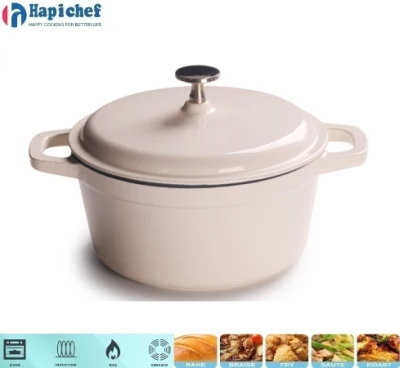Tips for Safely Using Cast Iron Skillets on Your Glass Cooktop Without Causing Damage
Using a Cast Iron Skillet on a Glass Cooktop Tips and Considerations
Cooking is an art that often requires the right tools. Among the various cookware options, the cast iron skillet stands out for its durability, heat retention, and versatility. However, if you have a glass cooktop, you might wonder whether it’s safe and effective to use a cast iron skillet on this type of surface. In this article, we will explore the benefits and considerations of using a cast iron skillet on a glass cooktop.
The Appeal of Cast Iron Skillets
Cast iron skillets are beloved by many chefs and home cooks for good reason. They are excellent for searing meats, frying, and baking, boasting an ability to retain heat effectively. When properly seasoned, a cast iron skillet provides a natural non-stick surface. Additionally, it is incredibly versatile; it can go from stovetop to oven, allowing for a range of cooking techniques.
Glass Cooktops A Modern Convenience
Glass cooktops have become increasingly popular due to their sleek appearance and easy cleaning. They offer precise temperature control and can heat evenly, which is a significant advantage for many cooking techniques. However, as beautiful and efficient as they are, glass cooktops do have some limitations. Their surfaces can be prone to scratches and damage if not handled properly.
Using Cast Iron on Glass Cooktops What You Need to Know
1. Weight Considerations
One of the first things to keep in mind is the weight of cast iron skillets. They are heavy and can potentially scratch the glass surface if slid across it. To prevent this, always lift the skillet instead of sliding it. This will preserve the integrity of your glass cooktop.
2. Size Matters
cast iron skillet on glass cooktop

Choosing the right size skillet is vital. If your skillet is too large for the burner, it can lead to uneven heating and risks damaging the edges of the cooktop. When in doubt, opt for a skillet that matches the size of your burner.
3. Heat Settings
Cast iron skillets require less heat than you might think. Preheat the skillet over medium heat rather than high heat to avoid overheating the glass cooktop. This not only protects the cooktop but also prevents the risk of damaging the skillet itself.
4. Use Proper Cookware
Make sure that your cast iron skillet has a flat bottom. A warped or uneven bottom can cause instability and poor contact with the glass surface, potentially leading to hot spots and uneven cooking. Always check your skillet before using it on a glass cooktop.
5. Cleaning and Maintenance
After cooking with a cast iron skillet, it’s essential to clean it properly. Avoid using abrasive cleaners, as these can scratch the glass cooktop. Instead, use a gentle sponge and some warm, soapy water. For the skillet, adhere to the standard cleaning routine, which usually involves wiping it down with a paper towel and applying a thin layer of oil for seasoning.
Conclusion
Cooking with a cast iron skillet on a glass cooktop can be a rewarding experience if done with care. With proper technique and attention to detail, you can enjoy the best of both worlds – the rich, flavorful meals that cast iron provides and the modern convenience of a glass cooktop. Just remember to lift rather than slide, choose the right size skillet, and monitor your heat settings. With these tips in mind, you can enhance your culinary adventures while keeping your cooking surface safe and pristine. Happy cooking!
-
Revolutionary Cast Iron Griddles Redefine Outdoor CookingNewsMay.09,2025
-
The Ultimate Guide to Cast Iron BBQ GrillsNewsMay.09,2025
-
Revolutionize Your Kitchen with Premium Cast Iron Casserole CookwareNewsMay.09,2025
-
Premium Cast Iron Bakeware CollectionNewsMay.09,2025
-
Our Premium Cast Iron Skillets CollectionNewsMay.09,2025
-
Discover the Art of Cooking with Premium Cast Iron Dutch OvensNewsMay.09,2025
-
The Versatility of a Cast Iron CasseroleNewsApr.21,2025
